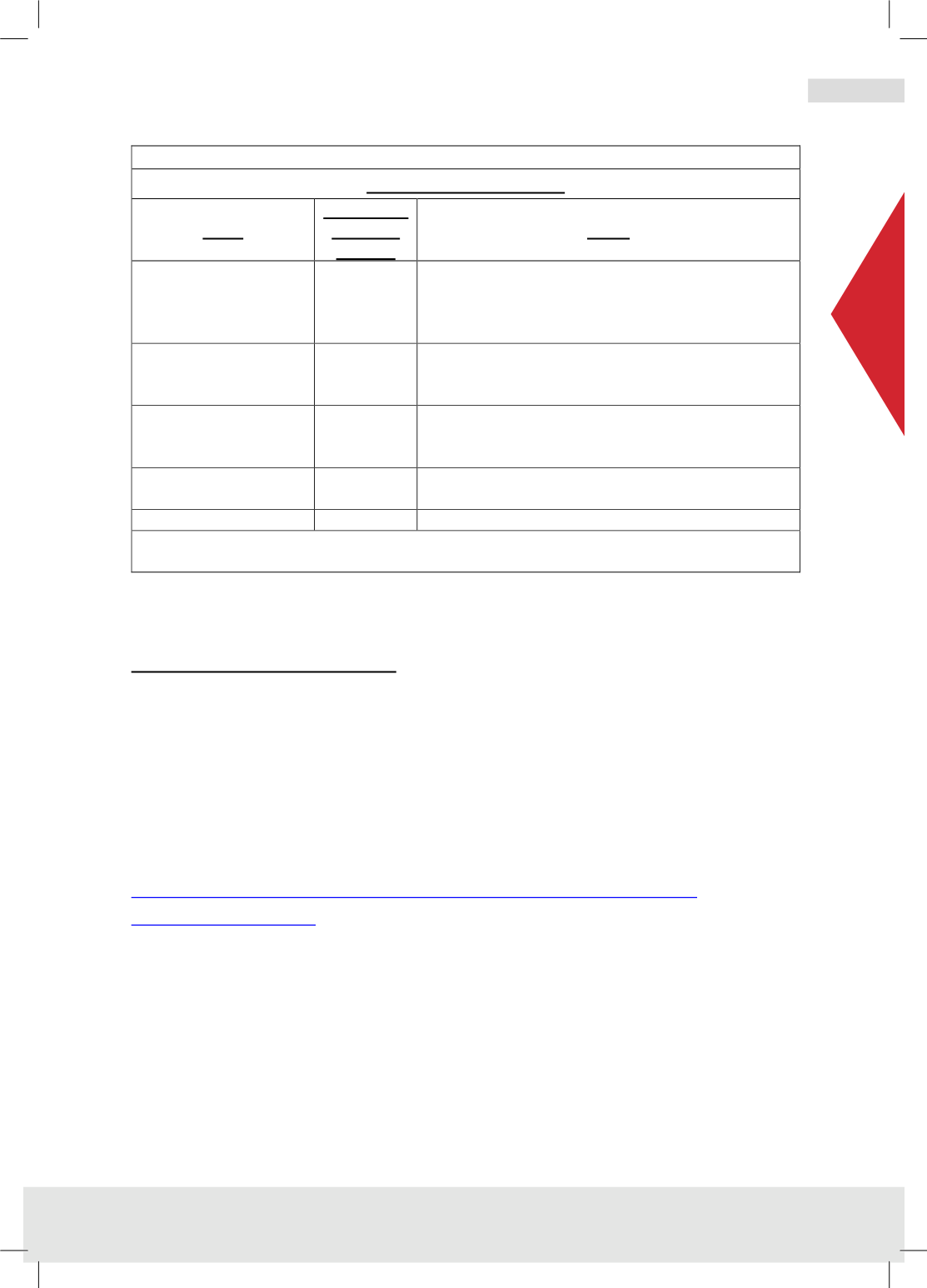

البحـث الأول
مجلة النفط والتعاون العربي
161
العدد
- 2017
أربعون
المجلد الثالث و ال
2016
أوابك العلمية لعام
�
ص لبحوث العلمية الفائزة بجائزة
�
عدد خا
87
77
Table (17)
Re-refining Plants in Italy
Plant
Authorised
Capacity
Ktons/y
Notes
Viscolube (Lodi)
130
This plant evolved from propane solvent extraction
to thermal de-asphalting and high pressure hydro-
treating and the Revivoil process to produce Group
II base oils
Viscolube (Frosinone)
84
Produces Group I base oils. Uses double propane
deasphalting followed by low pressure hydro-
treating.
Ramoil (Naples)
35
Produces mainly fuel and a limited quantity of
Group I base oils. Uses thin film evaporator and acid
clay.
Siro (Milan)
9
Re-refining of transformer oil only with acid clay
process.
TOTAL
258
Source: Adapted from GEIR Statistics 2010 as reported in (1) and elaborated by author. 103
and 104. Also private information.
Important Economic Model:
In the book “Refining Used Lubricating Oils”
1
the authors James G. Speight and
Douglas I. Exall used an extensive model to study the economics of re-refining
projects and made the model available on the Internet for the book readers to use.
The model for a small plant is with distillation and clay treatment while the model
for a large plant is for hydro-treating. Both models can be downloaded using the
link:
https://www.crcpress.com/Refining-Used-Lubricating-Oils/Speight-Exall/9781466551497
It is generally accepted that for smaller plants of up to 20 thousand tons a year,
the simpler type of plant such as distillation/clay treatment may provide better
economic returns, and larger throughputs may justify the use of a hydrogenation
step.
The two models are summarised in the following Table (18).
















